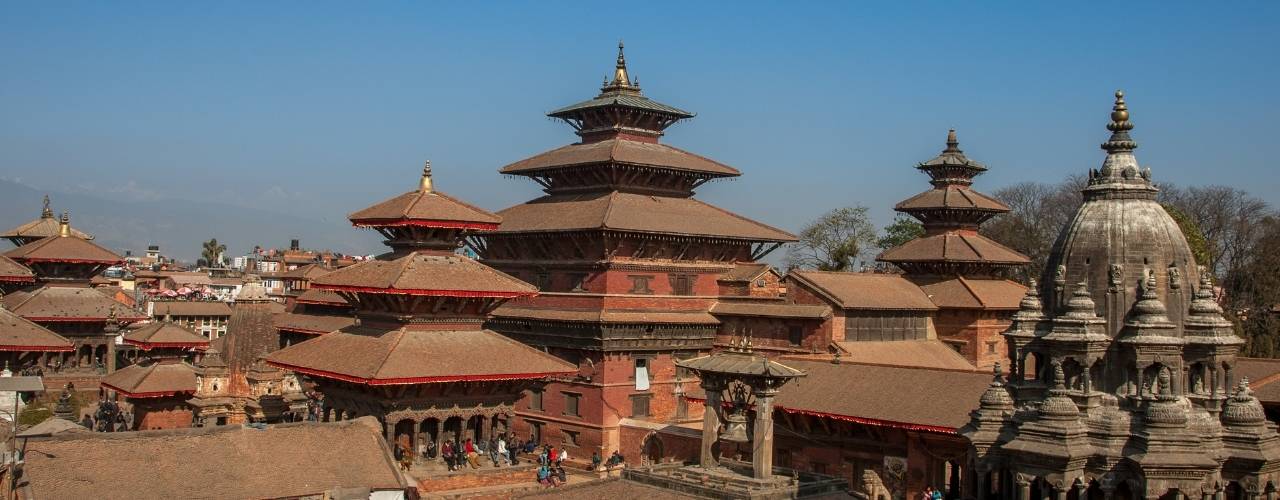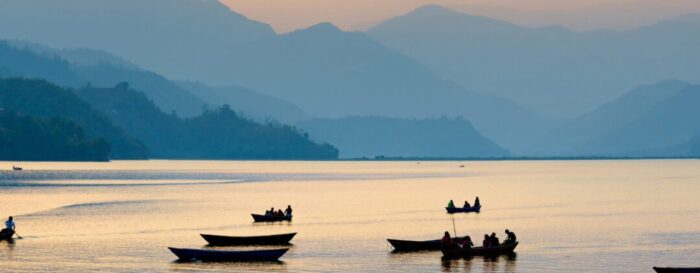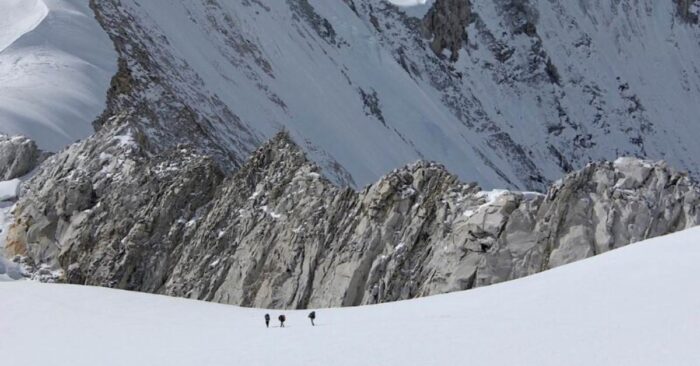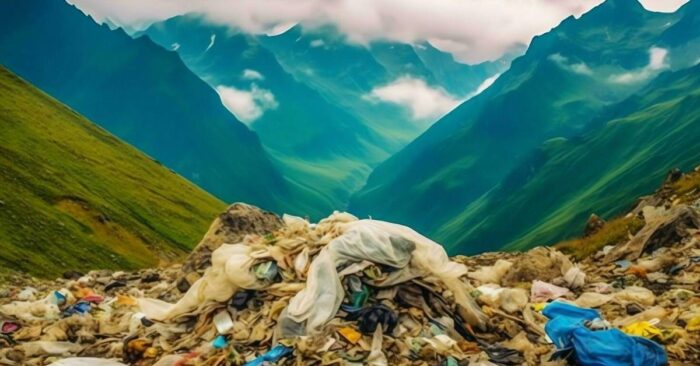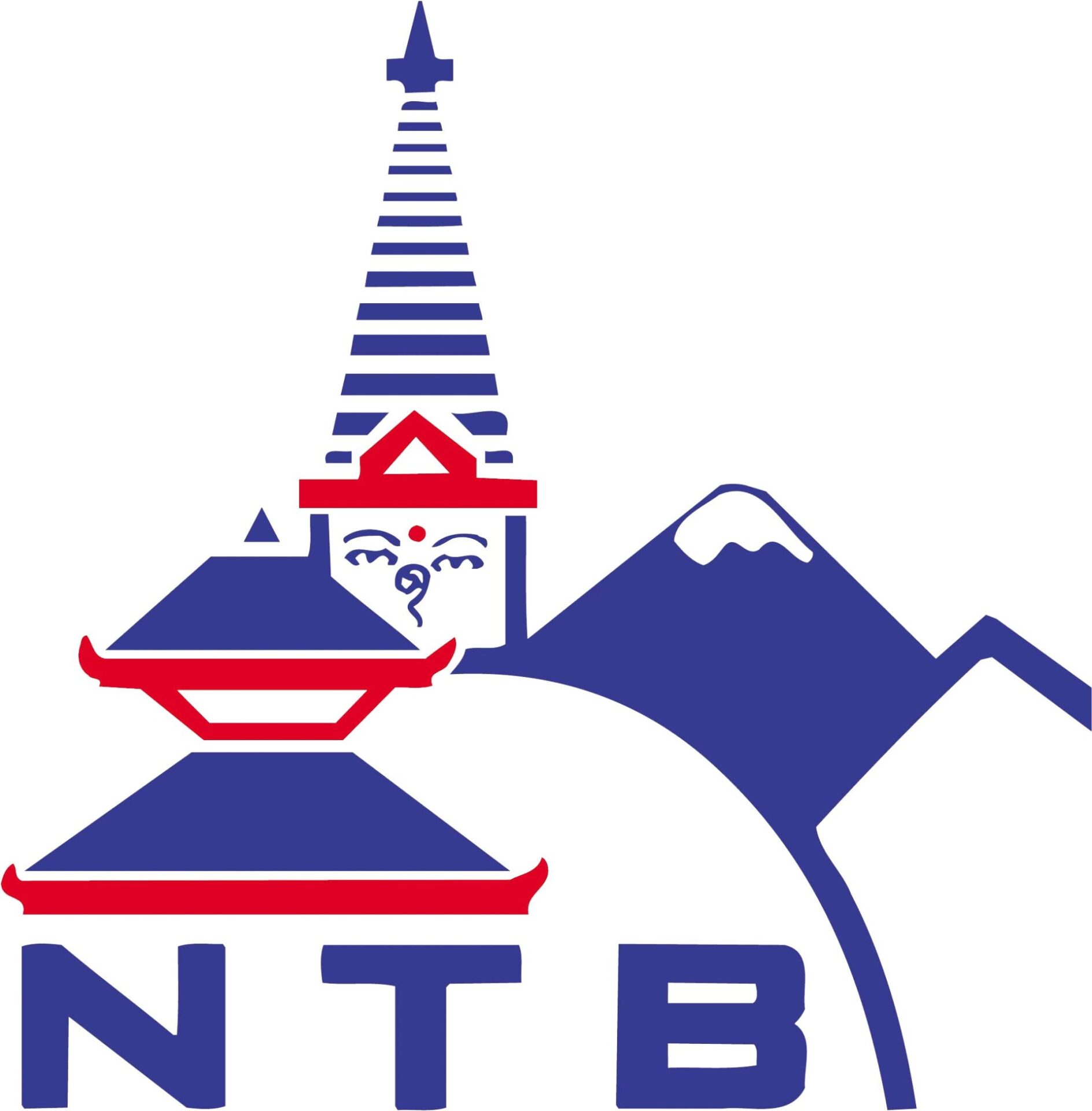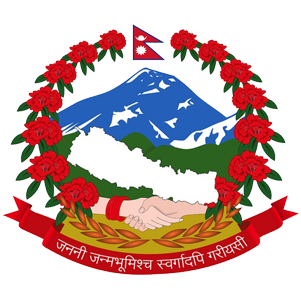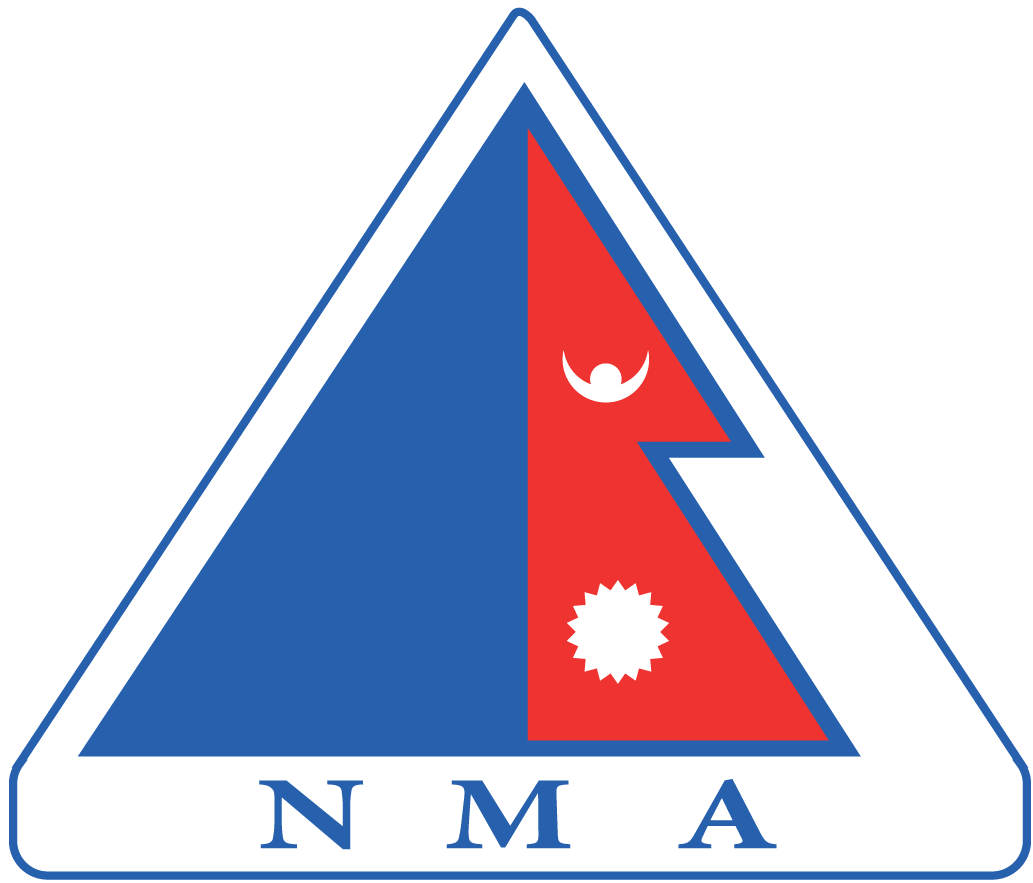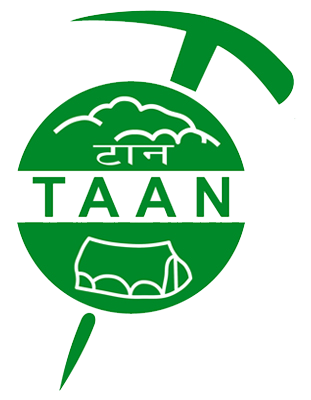Are you planning a vacation to Nepal?
If so, you should never miss visiting Kathmandu Durbar Square. It is commonly known as Basantapur Durbar or Hanuman Dhoka, is a historic Durbar Square in Kathmandu’s city center. Its rich history and wood carvings never cease to wow first-time visitors. The square is full of palaces, old temples, and courtyards. It has been designated a UNESCO World Heritage Site. I shall discuss the square’s history and main attractions in this blog.
A preview into the history of Durbar Square
Hanuman Dhoka was constructed during the Licchavi period (4th to 8th centuries AD). It was King Pratap Malla who expanded the property significantly in the 17th century. The plaza has the highest concentration of old structures, including palaces, courtyards, and temples. It has almost 50 temples, so it is also popular as “the Museum of Temples”. The square complex is a living museum and served as a center of Nepal’s Royal Dynasty for generations. It showcases the grandeur of the Malla Dynasty who ruled over Kathmandu. Stone carvings, elaborate woodwork, and metal sculptures show the architectural and artistic mastery of that age.
Attractions in Durbar Square
-
Kumari Bahal
Kumari Bahal, one of the must-sees in Kathmandu Durbar Square, is the residence of Kumari -the Living Goddess of Nepal. The red brick building of three stories preserved many gorgeous and exquisite woodcarvings like Buddha, peacocks, and another pictorial on the balcony and windows in the courtyard. Based on religious and cultural criteria practised since eras, a small girl is chosen as Kumari, the only living goddess of Nepal. She is said to be the human incarnation of the Hindu goddess.
-
Hanuman Dhoka
Hanuman’s assistance to the noble Rama during the exciting events of the Ramayana has led to the monkey god’s appearance guarding many important entrances. Here, cloaked in red and sheltered by an umbrella, a Hanuman statue marks the dhoka (entrance) to the Hanuman Dhoka and has even given the palace its name. The statue dates from 1672; the god’s face has long disappeared under a coating of orange vermillion paste applied by generations of devotees.
-
Nasal Chowk
Your main taste of the royal palace will be this handsome courtyard inside the main entrance. Nasal Chowk was constructed in the Malla period, but many of the buildings around the square were later Rana constructions. During the Rana period, Nasal Chowk was used for coronations, a practice that continued until as recently as 2001 with the crowning of King Gyanendra here. The former coronation platform stands in the center of the courtyard, while the damaged Basantapur (Kathmandu) Tower looms over the southern end of the courtyard.
-
Narsingha Statue
Beyond the door is the large Narsingha Statue, Vishnu in his man-lion incarnation, in the act of disembowelling a demon. The stone image was erected by Pratap Malla in 1673 and the inscription on the pedestal explains that he placed it here for fear that he had offended Vishnu by dancing in a Narsingha costume.
-
Tribhuvan Museum
The palace wing to the west of Nasal Chowk, overlooking the main Durbar Square area, was constructed by the Ranas in the middle to late part of the 19th century after they wrested power from the royal Shah dynasty. Ironically, it later became a museum celebrating King Tribhuvan (1911–55) and his successful revolt against their regime, along with memorials to Kings Mahendra (1955–72) and Birendra (1972–2001). Sadly, this wing of the palace bore the brunt of the damage in the 2015 earthquake. The museum was due to open in 2018, though it is unclear at this stage whether such unusual treasures as the king’s favourite stuffed bird and his Land Rover, with the scars of an attempted assassination, survived the disaster.
Rising above the museum is the nine-story Basantapur (Kathmandu) Tower (1770), which once stood like a beacon at the end of Freak Street Unfortunately, the upper tiers collapsed during the earthquake, and the tower was closed to visitors while it was repaired with Chinese assistance.
-
Taleju Temple
Kathmandu Durbar Square’s largest and most important temple sits behind a large walled enclosure in the northern section. The three-story temple sits on top of twelfth brick plinths or platforms that tower over the area. The tallest building in Kathmandu Durbar Square: is the Taleju Temple The temple itself is behind a locked gate which is only opened up for one day every year during the Dashain festival (ninth day). All visitors in between can only gaze upon it from outside the walls. The temple suffered some roof damage in the 2015 earthquake but has since been completely repaired. The Taleju goddess originally came from South India but was adopted by the Malla kings who built temples for her.
-
Swet bhairav
Swet Bhairav is one of the most known among the different forms of Bhairav. Revered for purity and auspiciousness, this statue remains concealed behind a wooden latticed window throughout the year, emerging only during the festival of Indra Jatra, when devotees present offerings of rice liquor and rice beer with a bamboo straw. Recently one of the bottom windows has been kept open for devotees.
-
Kaal Bhairav
Kaal Bhairav stands resolutely in the southwestern corner of Kathmandu Durbar Square, representing the domains of time and death. The 12-foot-tall idol with six arms is believed to have been made of a single block of stone, brought from Nagarjun during the Malla period. Among the different forms of Bhairav, one can see this deity in plain sight.
The idol is depicted as one stepping over a dead body, holding a decapitated head in one hand. Hence, the statue bears a fierce countenance and is fervently worshipped as a guardian against malevolent forces and misfortune. Devotees seek blessings from the deity to navigate life’s hardships, diseases, poverty, enemies, and other challenges. The deity is also believed to be the enraged form of Lord Shiva when the latter wished to teach Lord Brahma a lesson for being arrogant.
Tips for visiting Durbar Square
- Best time to Visit: The best time to explore Kathmandu Durbar Square is in the early morning or late afternoon when the crowds are thin and the lighting is best for photography.
- Guided Tours: To know and understand the significance of the square and its history you are recommended to hire a local guide. They can provide you with some interesting stories and facts, otherwise, you might miss them.
- Entry Fees: There is an entry fee for tourists. It is used in the maintenance of the complex. Make sure you keep your ticket handy. The price of the ticket is NPR 1000 for Foreign & Chinese Nationals, NPR 500 for SAARC and BIMSTEC Nationals, and free for Nepalese.
- Respect Local Customs: You should make sure you are dressed modestly and be respectful of the local customs and traditions. Do not take pictures of the idols and others in restricted areas, especially inside temples.
- Stay Safe: Dubar Square is generally safe all the time, but be aware of your belongings.
At last to conclude:
Kathmandu Durbar Square is not just a historical site; but a cultural hub and main attraction for tourists which offers an unseen glance into Nepal’s heritage and culture. The majestic palaces, sacred temples, woodwork, architecture, statues, and many more recite the story of Nepal’s past and its legacy.
Who are you? A history buff? Architecture enthusiast? Curious traveller?
Whoever you are, a visit to this iconic Durbar Square will surely be a highlight of your trip to Nepal.
To explore beautiful wonders like this, and plan a trip to Nepal contact Trekker Trails. Let us help you to create a lifetime experience in Nepal.

